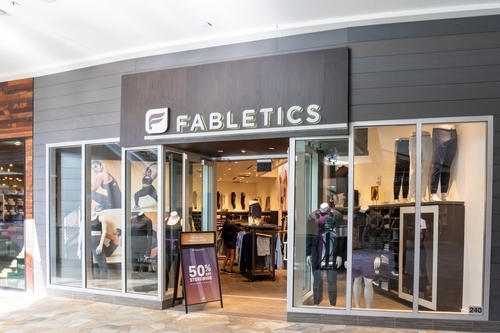Social couponing—in which online coupon offers go active once a minimum number of registered users sign on to them—has become a hot new promotional platform, particularly for category leader Groupon but also for contenders such as Living Social. The time-limited, locale-based deals resonate well enough with consumers that Groupon has grown from a startup in November 2008 to a company with revenues of around $50 million a month.

But new research suggests that while shoppers may love the deals Groupon offers, about a third of the merchants extending those discounts may find them a very mixed blessing. According to a study from Rice University’s Jones School of Business, a study of 150 businesses running Groupon promotions between June 2009 and August 2010 found that those coupon campaigns were unprofitable for 32% of the businesses that ran them. And more than 40% of the response group said they would not run another social coupon promotion again.
According to Jones School associate professor Utpal Dholakia, the author of the research, the profitability of a coupon promotion can be measured by two main criteria: whether customers redeeming the coupons spent more than the Groupon amount, and what percentage of those customers came back again to shop without a Groupon offer.
Those survey respondents who said the Groupon campaigns had not been profitable for them reported that only about 25% of redeemers spent more than the face value of the coupon. They also said that about 13% of those coupon holders came back a second time to shop at full price.
By contrast, the 66% who reported their Groupon promotions as profitable reported that on average 50% of redeemers spent more than the value of the coupon, and 31% returned to become customers again at undiscounted prices.
But even some of those businesses who reported successful Groupon promotions said they would not be likely to run another campaign on the platform, by dint of the fact that the offers did not draw the right customers.
“There is widespread recognition among many business owners that social promotions users are not the relational customers that they had hoped for or the ones that are necessary for their businesses’ long-term success,” Dholakia writes in the study. “Instead, there is disillusionment with the extreme price-sensitive4 nature and transactional orientation of these consumers.”
The study quotes one respondent to this effect: “Businesses need to consider that this class of consumers are [sic] bargain hunters. By nature they are frugal. An assumption that the Groupon consumer is going to ft certain predictions in behavior is a mistake.”
Other findings of note in the Rice survey:
- Two factors in particular impact how many coupons a marketer will be able to sell via Groupon. One criterion: whether you cap the number of coupons available. Dholakia found that marketers who set a ceiling on the number of coupons offered through the platform tended to see more demand. However, he notes, only 11% of the businesses studied in the survey imposed such coupon caps, and those that did set them relatively high at an average of 2,190 offers.
- The other factor making it likely your coupons will sell well: Are you a restaurant? Foodservice businesses sold significantly more coupons than other types, the survey found. Restaurants made up the largest single business category in the response pool (32.7%), followed by educational services (14%), salons and spas (12.7%) and tourism (8%).
As for predictive factors for a profitable Groupon promotion, Dholakia fond the most likely indicator to be… employee attitude.
The logic is there, especially if the survey pool relied heavily on service businesses, Dholakia says. Coupon promotions can draw large customer surges into a business. Many of these will be either new users or price-conscious shoppers. If they are either unaware of the need to tip service employees or tip based on the discounted price rather than list, those employees will see less income as a result of the promotion. If that makes them resentful enough to give sloppy service, the impact of the promotion in building goodwill will be blunted.
Dholakia says smart marketers in these service segments will prepare their workers for a possible initial drop in take-home earnings due to the chilling effect on tips. He points out that forward-thinking merchants may even opt to make up some of the lost tip revenue out of their own pockets. But he admits that no one in the survey group had chosen to take that step.
 Network
Network

